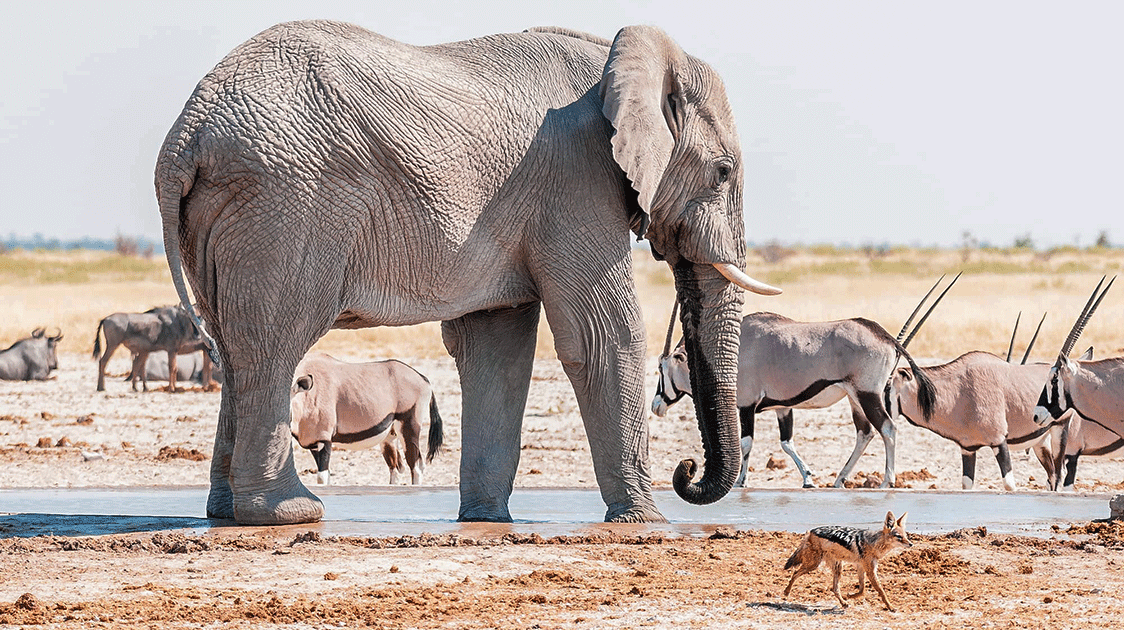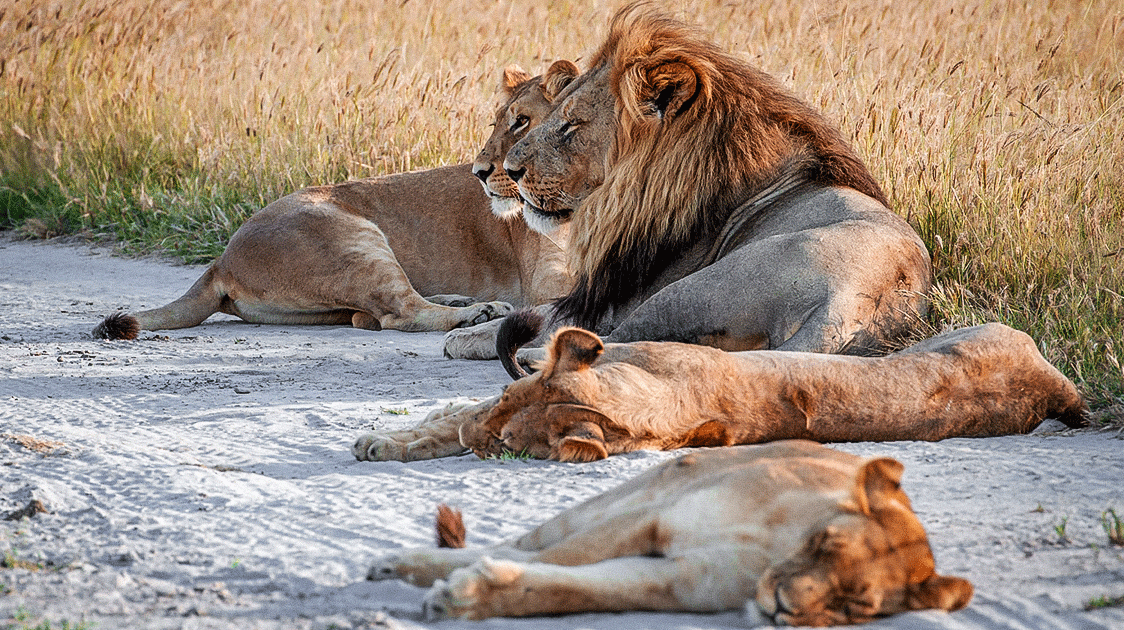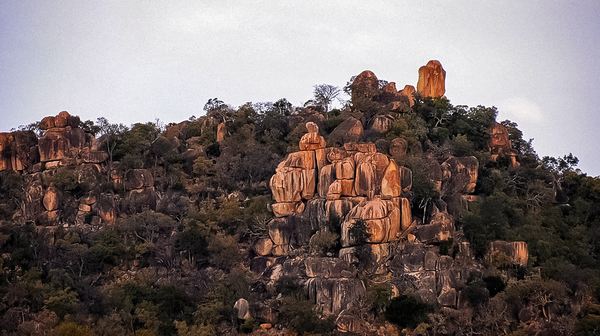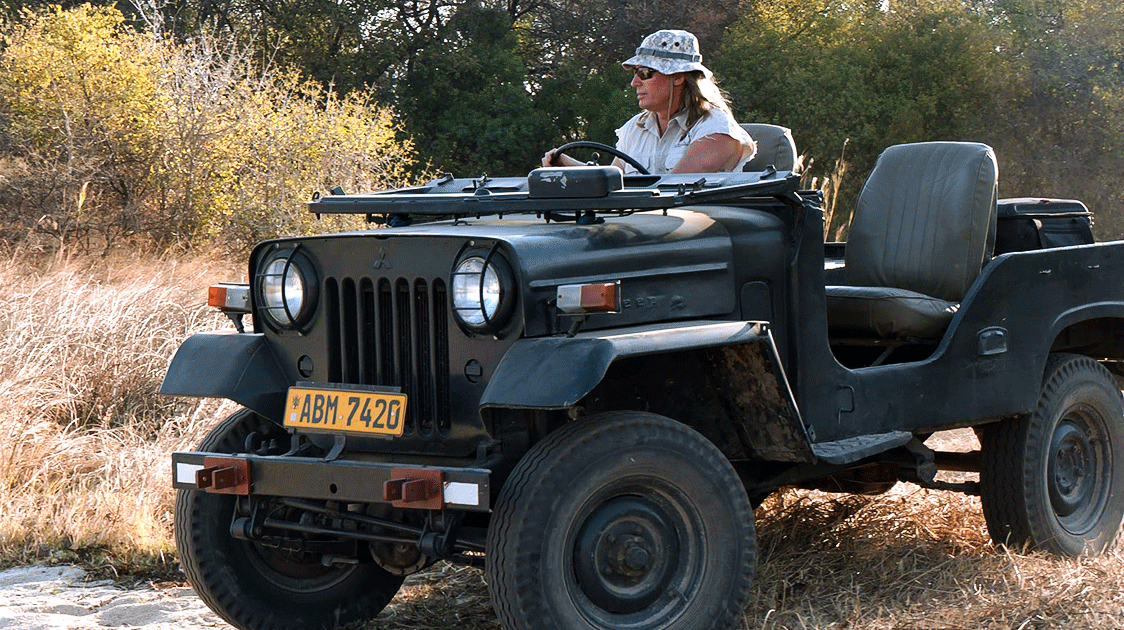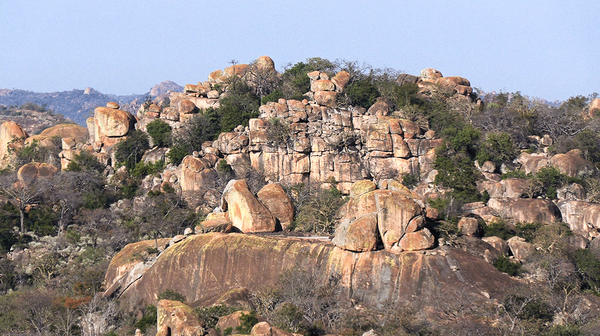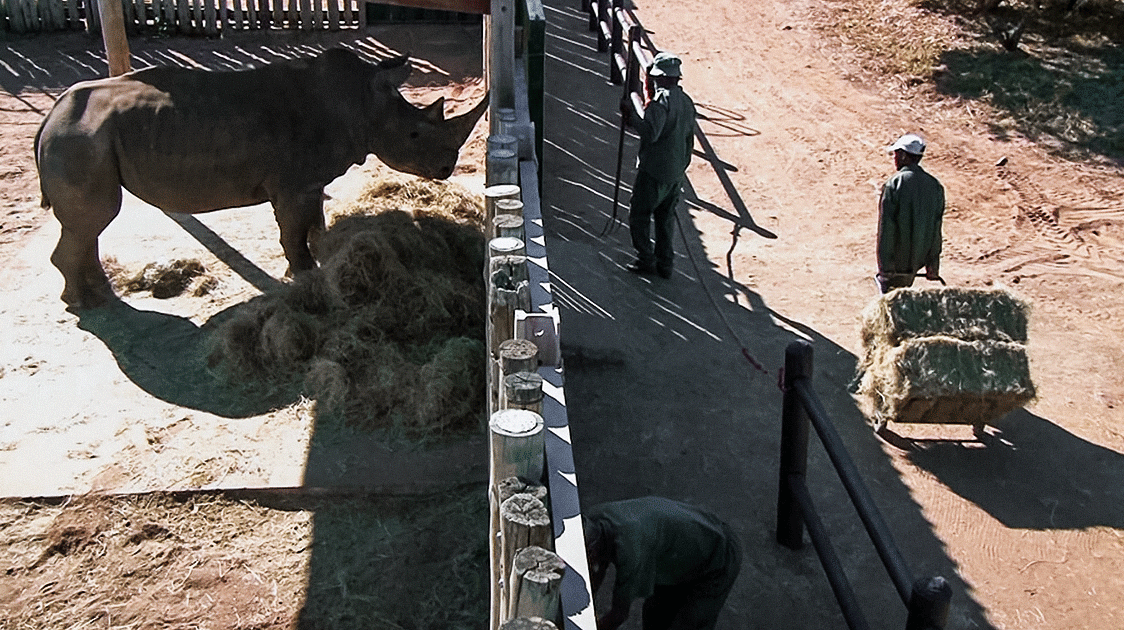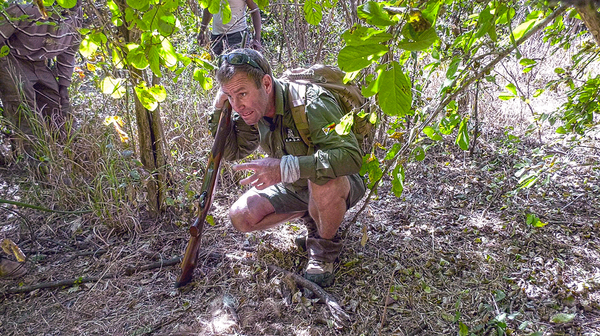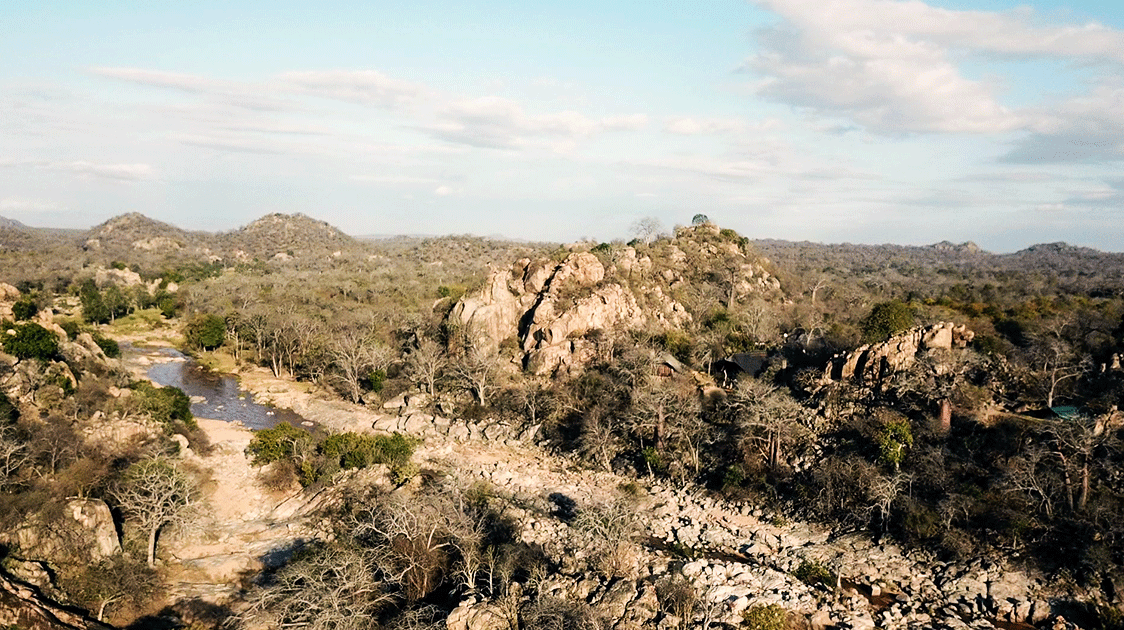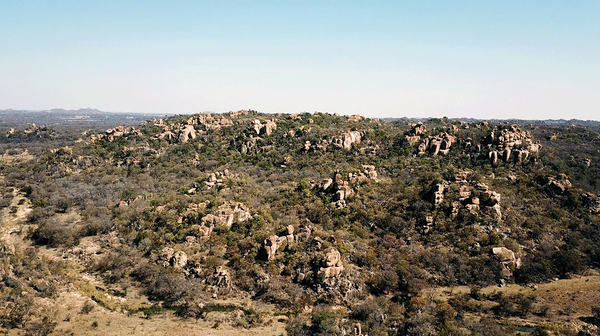Anti-Poaching Operations in Zimbabwe
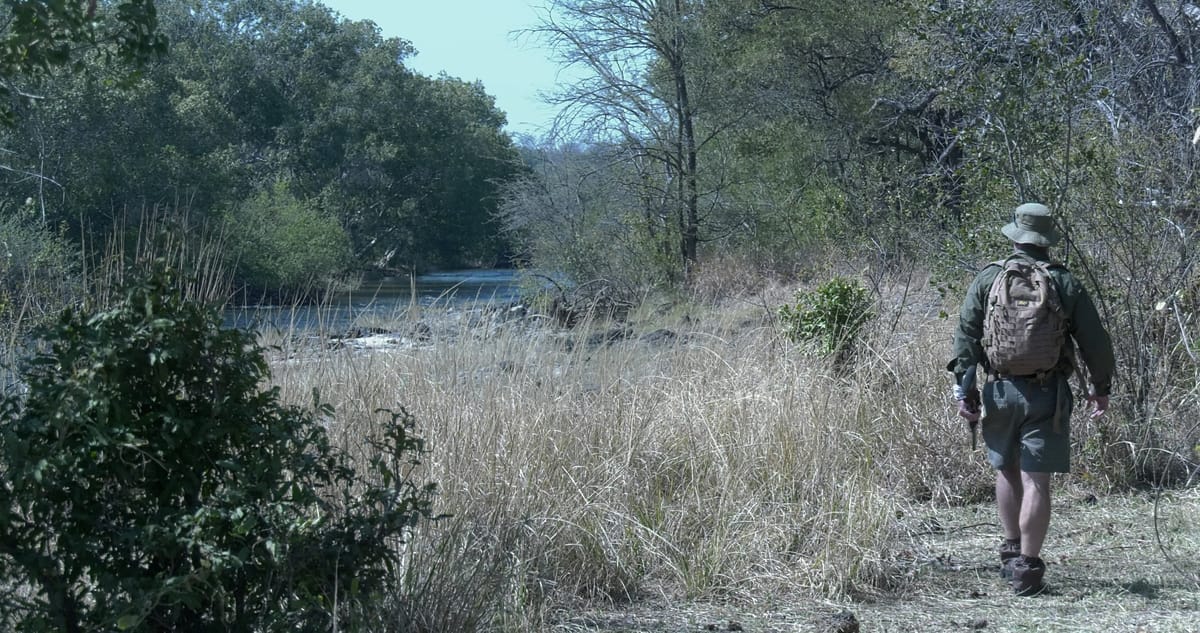
Zimbabwe stands at the forefront of Africa's conservation battle, protecting one of the continent's most diverse wildlife populations, including Africa's second-largest elephant herd, critically endangered black rhinos, and recovering populations of painted dogs.
The nation's anti-poaching strategy combines cutting-edge technology, community empowerment, and strategic partnerships to combat sophisticated poaching syndicates that threaten this natural heritage.
The Frontline: Rangers and Technology Working in Harmony
The Zimbabwe Parks and Wildlife Management Authority (ZimParks) has revolutionized its anti-poaching operations through the strategic deployment of technology. The introduction of drone surveillance systems has transformed how rangers monitor vast territories.
In areas like Hwange National Park, which spans approximately 14,650 square kilometers, thermal-imaging drones are now used to detect poachers during nighttime operations, when 80% of wildlife crimes occur. These drones, equipped with infrared sensors and high-resolution cameras, can identify heat signatures of both poachers and animals from considerable distances, enabling rapid deployment of a response.
The technology integration has yielded remarkable results. ZimParks spokesperson Tinashe Farawo reports that the deployment of drones has significantly increased poacher detection rates, allowing rangers to "establish the kind of manpower needed before going to arrest poachers."
This strategic approach has contributed to significant conservation victories, including a reduction in elephant poaching in Mana Pools National Park from 100 incidents in 2014 to zero by 2020.
K9 units complement aerial surveillance with specialized detection dogs trained to identify concealed ivory, rhino horn, and other wildlife products at checkpoints and during field operations. These canine teams track poachers through challenging terrain where technology alone cannot reach, maintaining success rates of 60-80% in making contact with suspects. The dogs operate alongside ranger patrols, creating a multi-layered defense system that adapts to various poaching methods.
Community Guardians: The CAMPFIRE Revolution
Zimbabwe's Communal Areas Management Programme for Indigenous Resources (CAMPFIRE) represents one of Africa's most successful community-based conservation models.
Operating across 58 districts and affecting 2.4 million people, CAMPFIRE has transformed local communities from passive observers to active wildlife protectors. The program covers 50,000 square kilometers, protecting approximately 12.7% of Zimbabwe's wildlife habitat.
Under CAMPFIRE, rural district councils are granted the appropriate authority to manage wildlife resources, generating income primarily through partnerships with 33 hunting safari operators and eight photographic safari operators.
Communities receive direct benefits, including employment opportunities, infrastructure development such as schools and clinics, and meat distribution from legal hunting activities. This economic incentive has proven crucial - when wildlife generates tangible benefits for local people, they become invested in its protection rather than viewing animals as threats to crops and livestock.
Local wildlife guardians serve rotational shifts, monitoring animal movements and managing human-wildlife conflict situations.
These community members possess invaluable indigenous knowledge about poaching patterns, wildlife behavior, and terrain navigation. Their involvement extends beyond patrol duties to include education programs in local schools, where presentations in native languages raise awareness about conservation and the dangers of wire snares.
The success of community engagement is evident in areas like the Save Valley Conservancy, where Anti-Poaching Tracking Specialists (ATS) employ former poachers as rangers. This approach leverages their bushcraft skills while providing legitimate income, effectively converting potential threats into conservation allies.
Community hotlines, often operated through WhatsApp, enable villagers to report suspicious activities anonymously, creating an extensive intelligence network that no technology can replicate.
Strategic Innovation: Adapting to Evolving Threats
Zimbabwe's anti-poaching units face increasingly sophisticated criminal syndicates equipped with advanced technology and international connections. In response, conservation organizations have developed innovative countermeasures.
Radio communication systems with hilltop repeaters extend coverage into remote regions, such as the Zambezi Valley, enabling real-time coordination between patrol teams. Silent electric bikes allow rangers to cover vast territories undetected, particularly effective in areas where vehicle noise would alert poachers.
The integration of artificial intelligence with drone surveillance represents the next frontier in technology. Machine learning algorithms trained on thousands of images can now instantly identify poachers, animals, and suspicious activities, eliminating human fatigue factors during night operations. This technology proved instrumental in Hwange National Park, where rangers detected 55 intruders in a single month by monitoring known poacher trails.
Strategic planning now incorporates predictive analytics to anticipate poaching attempts. Conservationists recognize that poaching follows predictable patterns - attacks tend to increase during full moons, between 6:30 and 8:00 PM, and along established corridors. By analyzing these trends, anti-poaching units pre-position resources in high-risk areas, shifting from reactive to proactive conservation.
Collaborative Success and Future Challenges
However, challenges persist. Porous borders with neighboring countries facilitate cross-border poaching operations, while limited resources strain conservation budgets. Climate change intensifies human-wildlife conflict as drought drives both animals and people to compete for scarce water resources. The illegal bushmeat trade, often overshadowed by ivory poaching headlines, threatens millions of animals annually.
Zimbabwe's anti-poaching model demonstrates that effective conservation requires more than enforcement; it demands community ownership, technological innovation, and adaptive strategies that evolve in response to changing threats. As conservation leader John Laing emphasizes, "boots on the ground" remains the only way to combat poaching. Still, those boots now walk alongside drones overhead, communities engaged, and technology that tips the scales in favor of wildlife protection. The nation's commitment to preserving its natural heritage offers hope and practical lessons for conservation efforts across Africa.

